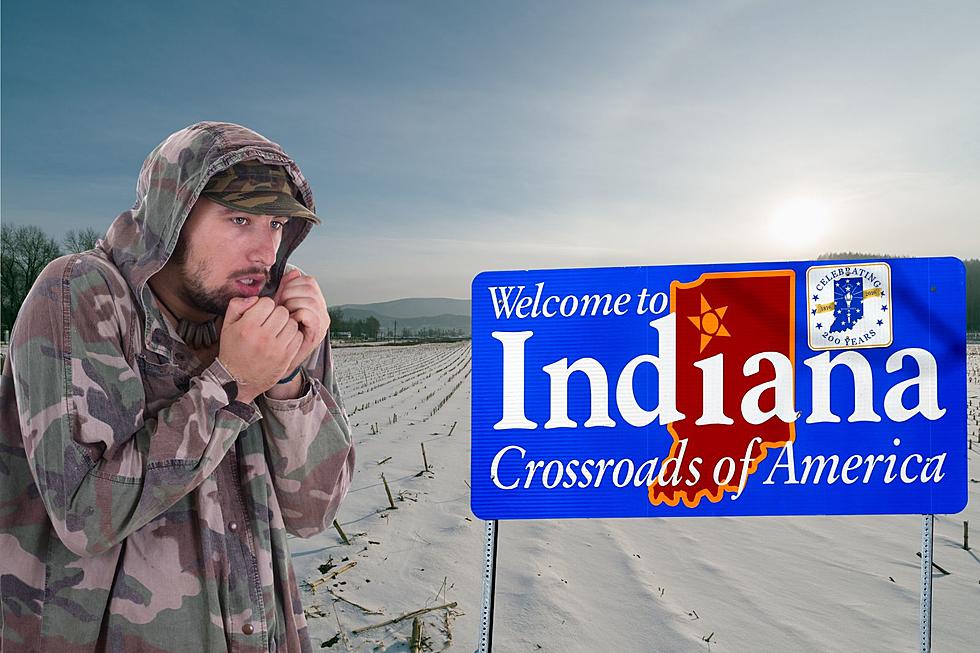
From Snow in May to Sleet in August: The Year Indiana Had No Summer
"It's not the heat, it's the humidity" is a common phrase said all around our home state of Indiana starting around early June and is usually repeated daily until sometime around late September. Why? Because it's true. You know it and I know it. An already hot, 90-degree day will "feel like" 100 degrees or more thanks to all the moisture in the air (which may be due, in part, to the ridiculous amounts of corn fields in the state). But, there was a year when residents would have killed for those days because they were dealing with the complete opposite situation.
The Year Without Summer in Indiana
It was the summer of 1816 and Indiana technically wasn't even Indiana yet as the area didn't officially become a state until December of that year. According to author, Kenneth P. McCutchan, Springtime started off normally. After a chilly start to March, milder temperatures entered the area toward the end of the month and carried over into the early part of April. All seemed right in the world and the season was changing the same way it had for hundreds of years. But things changed as April started to wind down and the month of May began. Instead of steadily increasing temperatures, the bottom dropped out. Temperatures took a nosedive and snow began to fall. McCutchan notes there was snow on the ground for over half the month of May (17 days to be exact).

It didn't get any better from there. Freezing temperatures remained in June, July, August, and every month through the rest of the year. There was even half-inch thick sleet on the ground in August. August! The month where we're normally dealing with heat indices between 105-110 on a consistent basis.
What Caused the Year Without Summer
Indiana wasn't the only state dealing with the completely bonkers weather. Most of the entire United States, along with a majority of the planet was in a deep freeze during what would normally be the time we're doing whatever we can to get and stay cool.
So, what caused this topsy-turvy weather event? The answer to that question lies on the other side of the world roughly a year earlier.
According to the University Corporation for Atmospheric Research, the problem began in April 1815 when Mt. Tambora in Indonesia erupted sending such an insane amount of ash and dust into the atmosphere it acted like a blanket that blocked the heat from the sun. It is still considered the largest volcanic eruption to this day.
As winds carried this massive amount of ash and dust around the planet, it wreaked havoc on the normal weather pattern resulting in summer turning to winter. McCutchan notes in his writing that modern meteorologists believe the ash and dust cloud was 100 miles thick, but no source is cited to back up that claim.
Regardless of the exact size of the cloud, the main point is that its impact on Indiana and the rest of the world was devastating. Crops planted in the spring didn't grow which impacted the cost of food, livestock suffered because people couldn't afford to feed them, and people died either from the bitter cold, the lack of food, or both.
So, when the forecast calls for temperatures in the high-90s this summer that will feel closer to the low-100 and you think it can't get any worse. This story is proof is most definitely can.
[Sources: Evansville Boneyard / University Corporation for Atmospheric Research]
